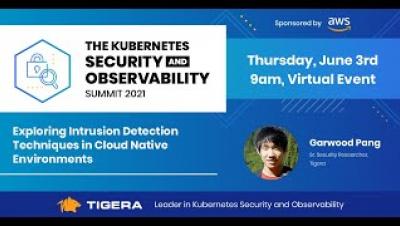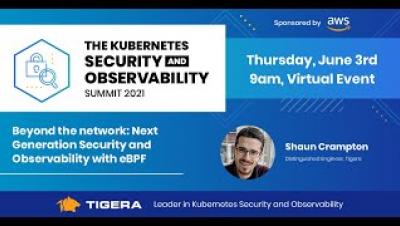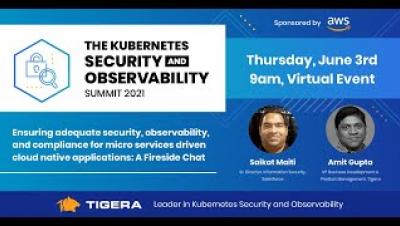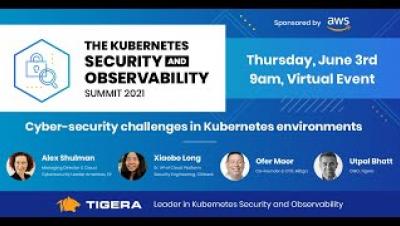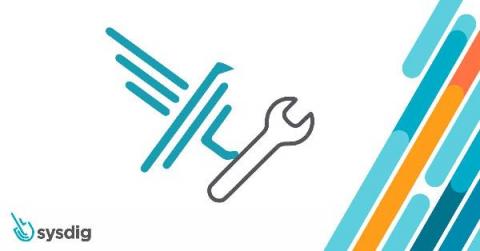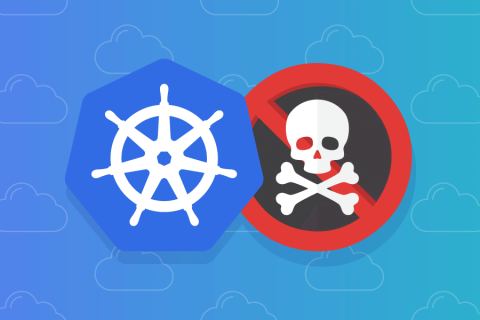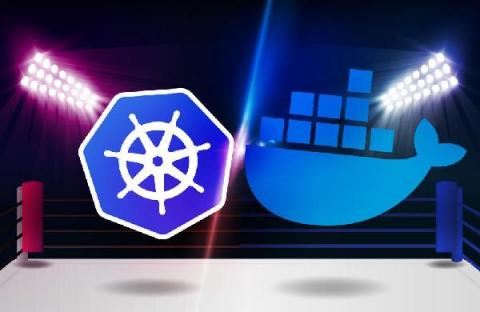Security | Threat Detection | Cyberattacks | DevSecOps | Compliance
Containers
Beyond the network: Next Generation Security and Observability with eBPF - Shaun Crampton, Tigera
K8s Admission Control vs RBAC
Today, if you’re running Kubernetes, you know that security is not “built-in.” To secure your clusters, you have to configure, add or build in additional controls. Some are part of Kubernetes, like role-based access control (RBAC), but other best practices include specifying trusted repositories for known-good containers and then layering in runtime scanning tools as well.
Recapping DockerCon 2021 with Snyk: Red Ventures, Docker container security, and more
DockerCon 2021 brought containerization experts together to discuss all things Docker, from building containerized applications and running container images to improving container security. In this post, we’ll recap a live panel discussing how container security fits into the new cloud native era, how Red Ventures scaled container security scanning with Snyk, and ways to make vulnerability remediation easier.
Automated Falco rule tuning
We recently released the automated Falco rule tuning feature in Sysdig Secure. Out-of-the-box security rules are a double-edged sword. On one side, they allow you to get started right away. On the other, it can take many working hours to learn the technology, configuration, and syntax to be able to customize the rules to fit your applications. Falco’s default security rules are no different.
CVE-2021-31440: Kubernetes container escape using eBPF
In a recent post by ZDI, researchers found an out-of-bounds access flaw (CVE-2021-31440) in the Linux kernel’s (5.11.15) implementation of the eBPF code verifier: an incorrect register bounds calculation occurs while checking unsigned 32-bit instructions in an eBPF program. The flaw can be leveraged to escalate privileges and execute arbitrary code in the context of the kernel.
CloudCasa Demo - How to Backup your DigitalOcean Kubernetes with CloudCasa
Docker Vs. Kubernetes: A Detailed Comparison
The Docker vs. Kubernetes debate is common in the containerization world. Although most people like comparing Kubernetes and Docker, the two technologies are not exchangeable—you cannot choose one over the other. They are essentially discrete technologies that can perfectly complement each other when creating, delivering, and scaling containerized applications. In fact, the best at par comparison would be Docker Swarm vs. Kubernetes, which we’ll talk about later.


